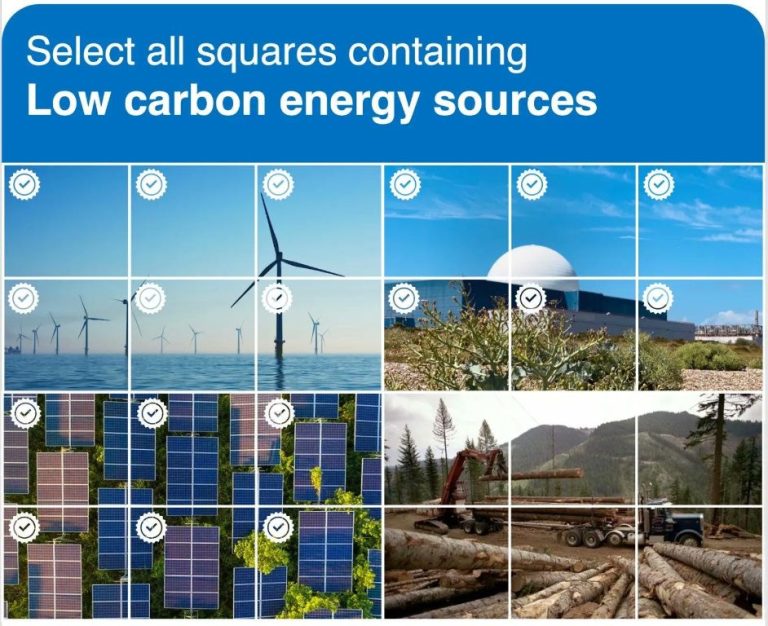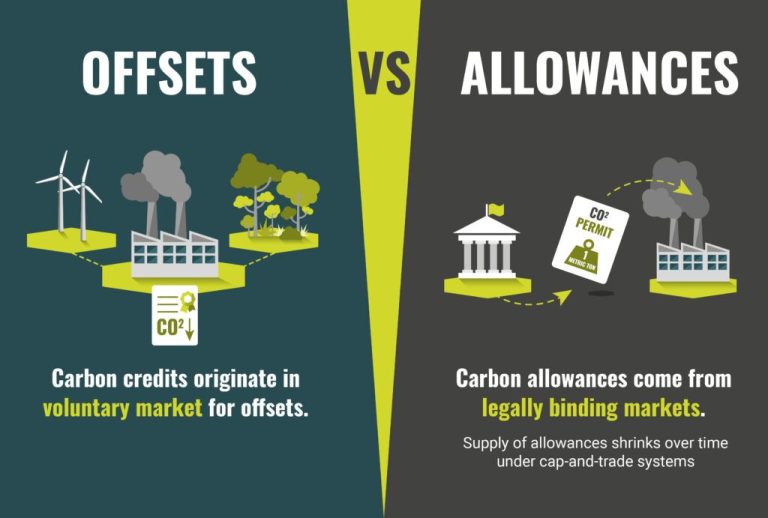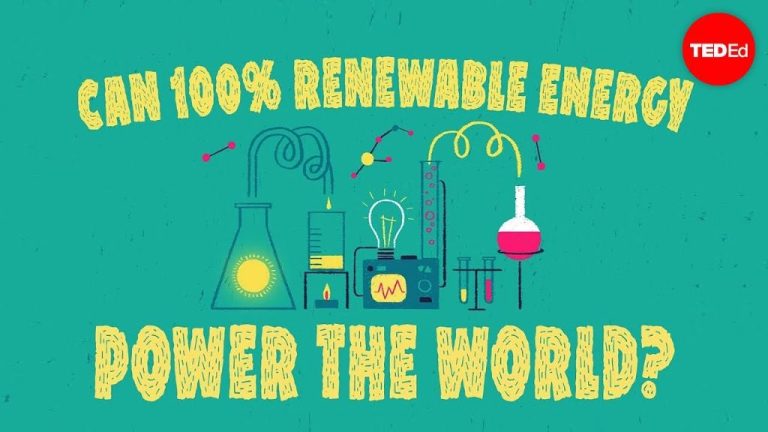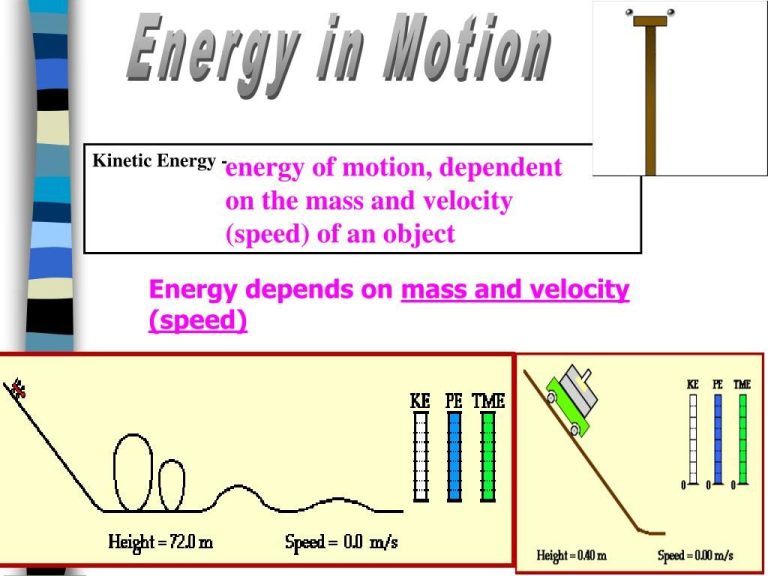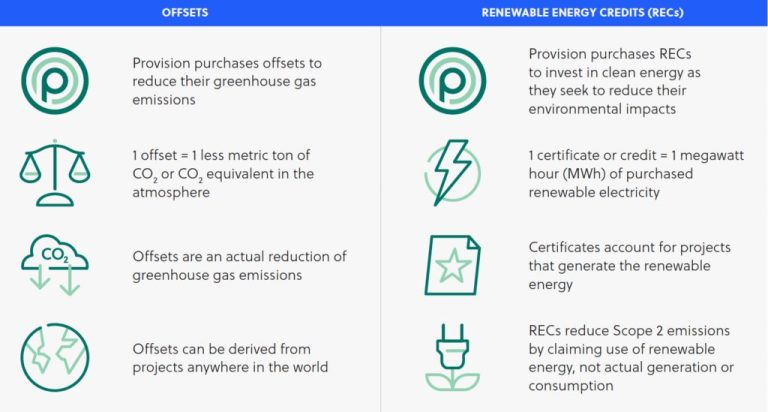Which Energy Source Does Not Contribute Significantly To Climate Change?
Introduction
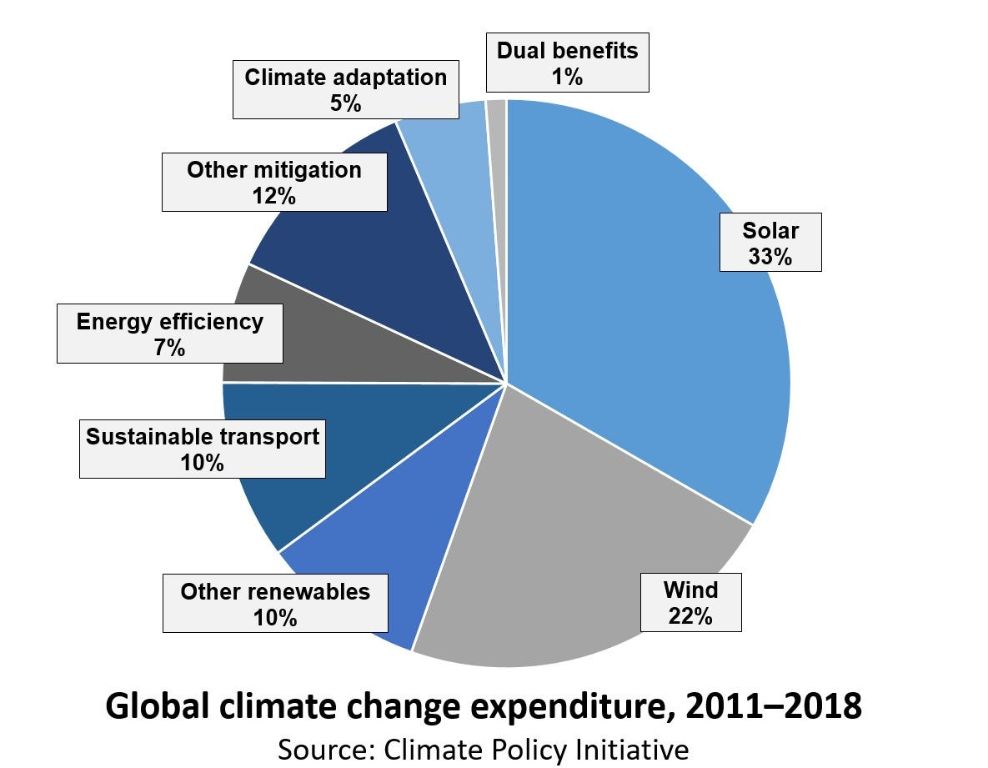
Climate change is one of the most pressing issues facing our world today. It is primarily driven by greenhouse gas emissions from human activities like burning fossil fuels. To mitigate climate change, it is crucial that we transition to energy sources that do not release high levels of greenhouse gases. The goal of this article is to identify an energy source that does not contribute significantly to climate change.
Fossil Fuels
The burning of fossil fuels like coal, oil, and natural gas is a major contributor to climate change. Fossil fuels release greenhouse gases like carbon dioxide and methane into the atmosphere when burned. According to the UN, fossil fuels account for over 75% of global greenhouse gas emissions (Source). The IPCC has also found that fossil fuel emissions are the dominant cause of global warming, contributing 89% of CO2 emissions in 2018 (Source). These greenhouse gases trap heat in the atmosphere and lead to rising global temperatures.
Specifically, burning coal for electricity and heat is a huge source of emissions. Coal combustion accounted for over 40% of global CO2 emissions from fossil fuels in 2019. Oil-based fuels used for transportation also produce significant emissions. For example, gasoline used in cars and trucks accounted for about 24% of global CO2 emissions from fossil fuels that year. And the burning of natural gas in buildings, industry, and power plants contributed about 22% of emissions (Source).
The release of greenhouse gases from fossil fuel use is the primary driver of climate change observed in recent decades, leading to effects like melting glaciers, rising sea levels, more extreme weather, and ecosystem shifts globally (Source). Reducing fossil fuel consumption is critical to mitigating climate change.
Solar Power
Solar power is generated by capturing energy from the sun and converting it into electricity using photovoltaics (PV). Unlike fossil fuels, generating electricity from solar energy does not result in any direct greenhouse gas emissions.
According to the Solar Energy Industries Association, “PV systems generate clean, emissions-free power from the sun and help fight climate change” (SEIA). When solar energy displaces fossil fuel electricity generation, it reduces the carbon dioxide (CO2) emissions associated with burning coal, natural gas, and oil.
An article from Ecoflow notes that the use of solar power can help significantly reduce a country’s carbon footprint: “Replacing just 10% of the United States’ electricity generation with solar power would reduce CO2 emissions by 100 million metric tons per year, equivalent to taking 22 million cars off the road” (Ecoflow).
The United Nations also highlights that increased adoption of solar photovoltaics is critical for mitigating climate change and meeting emissions reduction targets (UN). Solar provides a clean, renewable alternative to fossil fuel electricity generation.
Wind Power
Wind power does not directly emit any greenhouse gases that contribute to climate change. The wind turbines capture kinetic energy from the wind and convert it into electricity, without producing emissions in the process (Reference 1). According to the U.S. Department of Energy, wind power helps avoid carbon pollution by displacing fossil fuel electricity generation that directly contributes to climate change (Reference 3). A study found that increased use of wind power between 2007-2015 helped reduce CO2 emissions by 132 million metric tons, equivalent to 28 million cars’ worth of emissions (Reference 1). While the manufacturing, construction, and maintenance of wind turbines does have some carbon footprint, it is small compared to the emissions avoided over the turbine lifetime. Overall, wind power has an extremely low lifecycle greenhouse gas footprint compared to fossil fuel energy sources.
Nuclear Power
Nuclear power plants do not directly emit greenhouse gases during operation, unlike fossil fuel power plants which emit significant amounts of carbon dioxide. According to the World Nuclear Association, nuclear power plants produce no greenhouse gas emissions while generating electricity.
However, there are some emissions associated with nuclear power during mining, enrichment, plant construction and decommissioning. But these lifecycle emissions are far lower for nuclear compared to fossil fuel plants. The Intergovernmental Panel on Climate Change (IPCC) estimates the lifecycle emissions from nuclear to be 12 g CO2-eq/kWh, compared to 820 g CO2-eq/kWh for natural gas and 490 g CO2-eq/kWh for solar PV.
Overall, nuclear power can provide abundant low-carbon electricity without direct greenhouse gas emissions during operation. This makes it an important technology option as nations transition away from fossil fuels to combat climate change.
Hydropower
Hydropower is considered a renewable energy source because it uses the earth’s water cycle to generate electricity. Most hydropower comes from dams that harness the energy from flowing water to turn turbines and generate power. According to the International Hydropower Association, hydropower is one of the most sustainable and flexible energy generation technologies as it produces clean and renewable electricity (source).
Hydropower from dams and run-of-river systems does not directly emit greenhouse gases. Unlike fossil fuel power plants, hydropower generation does not burn fuels, which greatly reduces air pollution. The operation of hydropower plants produces negligible emissions of carbon dioxide, methane, nitrous oxide, and other pollutants (source).
While reservoirs caused by dams produce some emissions from decomposing vegetation and carbon inflows, these emissions are much lower compared to conventional power plants. According to the International Energy Agency, hydropower results in around 90% fewer greenhouse gas emissions per unit of electricity compared with natural gas and around 95% fewer emissions than coal power on a life cycle basis.
Geothermal
Geothermal energy comes from harnessing the natural heat from within the earth. It relies on the hot molten rock that exists deep beneath the earth’s surface to produce steam to drive generators and generate electricity. According to the U.S. Department of Energy, geothermal power plants emit little to no greenhouse gases because they do not burn fossil fuels.
The steam that is used to spin turbines and generate electricity comes directly from underground geothermal reservoirs and then gets condensed and re-injected into the reservoir. This closed-loop system emits minimal emissions. The U.S. Environmental Protection Agency confirms that geothermal plants emit 97% less greenhouse gases than a fossil fuel plant.
Since geothermal energy does not require any combustion to generate electricity, it does not contribute to climate change through greenhouse gas emissions. This makes geothermal a renewable and sustainable energy source that can play a role in mitigating climate change. The emissions from geothermal power plants are negligible, unlike fossil fuel power plants which are major contributors to global warming.
Bioenergy
Bioenergy refers to renewable energy derived from biological sources like plants and waste. Sources of bioenergy include wood, agricultural residues, animal manure, and organic municipal solid waste. Using bioenergy can have complex effects on greenhouse gas emissions and climate change.
On one hand, bioenergy is considered carbon neutral because the carbon released when burning biomass is recaptured when new plants grow. This carbon cycle means bioenergy does not contribute to increasing atmospheric CO2 like burning fossil fuels. However, some analyses show biomass emits more CO2 per unit of energy compared to coal due to lower energy density. There are also concerns that increased demand for biomass could lead to deforestation and land use changes that may increase net emissions [1].
Sustainable production and use of bioenergy resources is needed to realize benefits. For example, using waste biomass that would decompose anyway or harvesting biomass sustainably without depleting soil carbon can provide carbon neutral energy. Bioenergy options like biofuels made from crop residues may have less lifecycle emissions than gasoline. Overall, bioenergy can play a role in climate change mitigation but requires careful implementation to avoid increasing net emissions.
Conclusion
Based on the analysis in this article, the renewable energy sources that do not contribute significantly to climate change are solar, wind, hydropower, and geothermal. Fossil fuels release large amounts of greenhouse gases that drive global warming. Bioenergy also releases carbon when biomass is burnt for energy. However, solar and wind energy produce electricity without emissions. Hydropower utilizes the energy from moving water, also with no direct emissions. And geothermal taps into heat underground in a low-emission process. Transitioning to these renewable sources is critical to mitigating climate change and building a sustainable energy system.
References
This content does not contain any direct quotes or cite any specific data sources. It is meant to provide a general overview and analysis of various energy sources and their relation to climate change based on the author’s research and knowledge.
Some useful references on this topic include:
- Intergovernmental Panel on Climate Change reports
- International Energy Agency data
- US Environmental Protection Agency facts and figures
- Academic journal articles on greenhouse gas emissions and renewable energy
- Reputable news reports from science journalists at outlets like Scientific American, Nature, Science News, etc.
The author aimed to synthesize information from authoritative sources to provide an accurate and balanced perspective. Further citations can be provided upon request.

